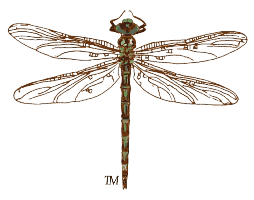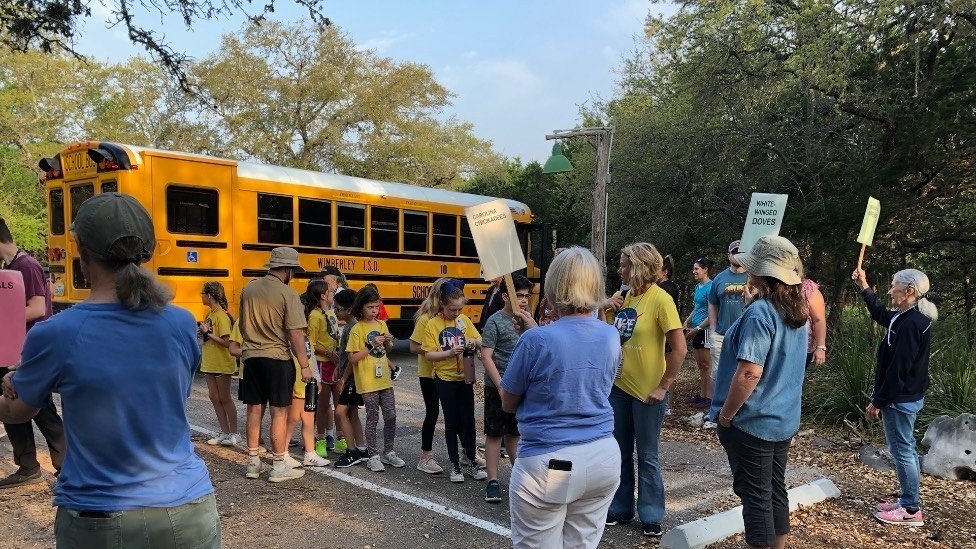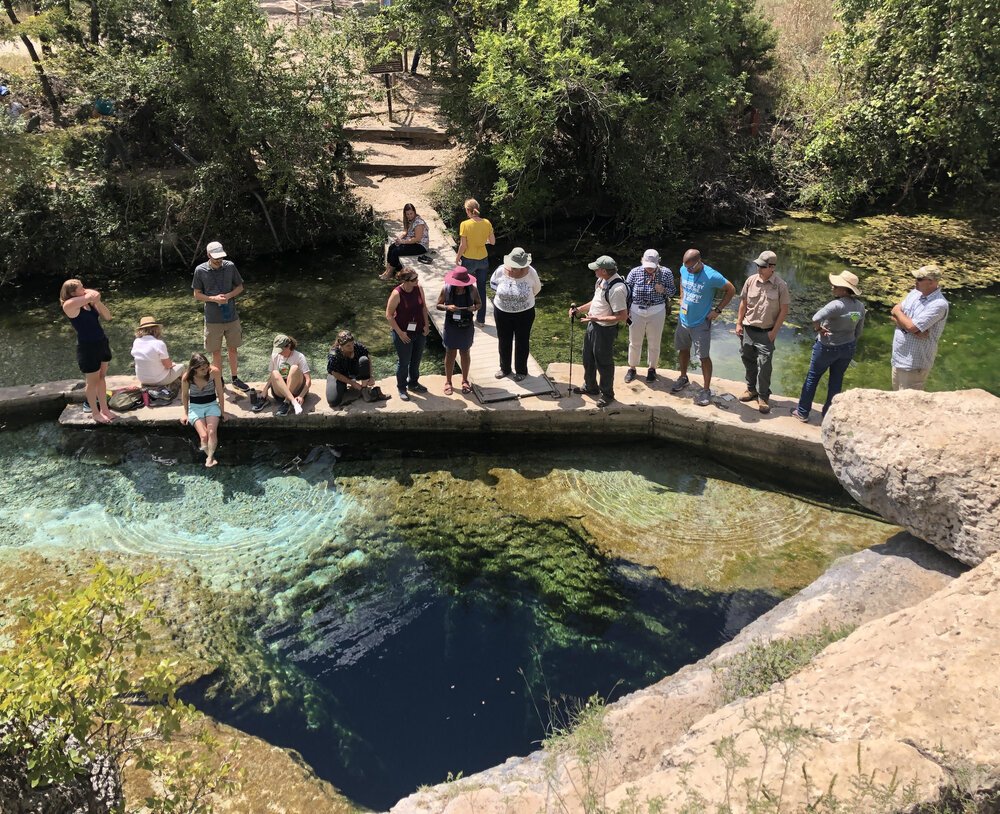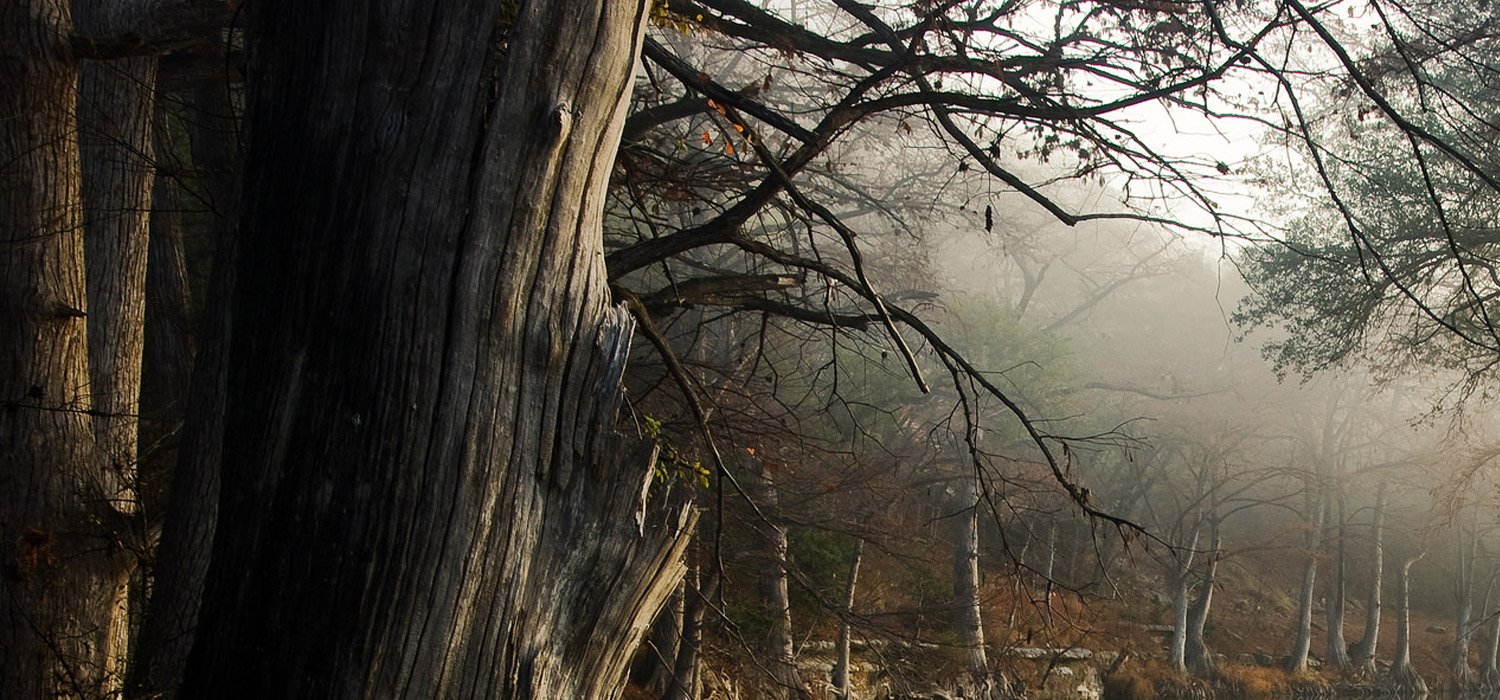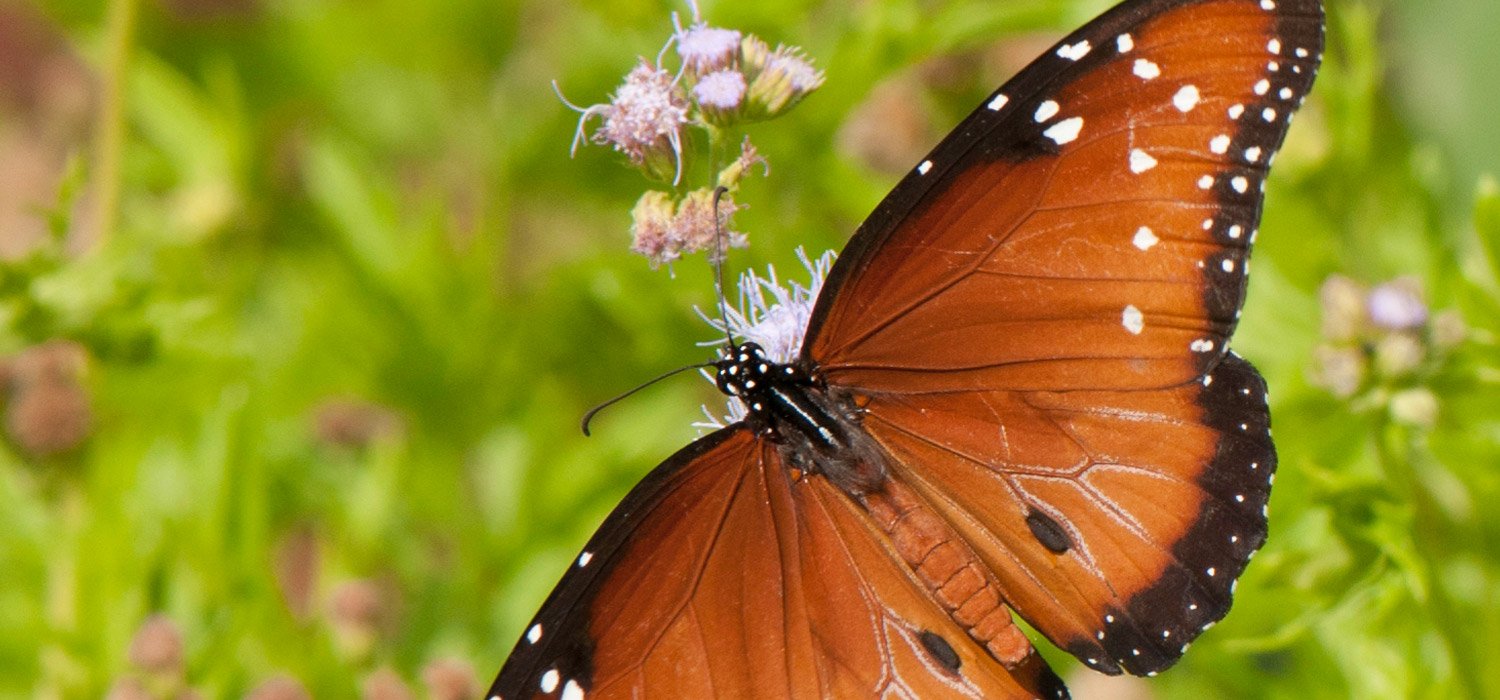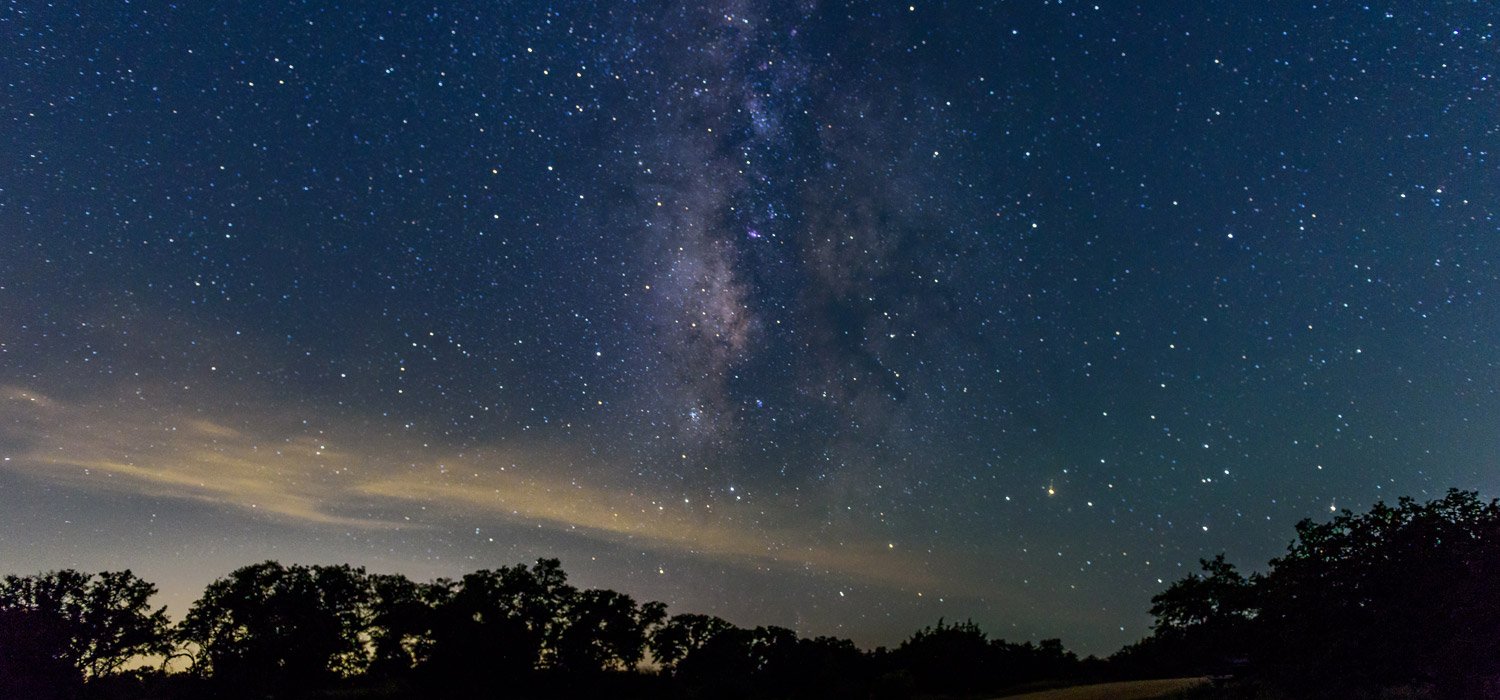
The May Magazine
Tom Jones - Betsy Cross - Mimi Cavender - Constance Quigley - Steve Wilder
Schulle Canyon Natural Area is a beautifully conserved green space located right in middle of San Marcos proper.
“Got a minute? Let’s go relax in Patsy Glen.” In 2014, I’d just moved to Wimberley, and a new friend’s invitation was irresistible. A glen, or glenn from old Gaelic gleann, is a small, narrow, secluded valley, forested, sometimes with a stream running through it.
Hays County Master Naturalist welcomes our new Texas Parks and Wildlife Department Advisors, Blake Hendon and Archis Grubh.
Mmmm hopsy, not heavy. With a hint of orange peel! It was a tall cold glass of eight-dollar deliciousness on a sweltering spring day. At invitation of the Driftwood Heritage Conservation Society, Hays County Master Naturalist’s education outreach Wild About Nature (WAN) had an April 10, 2022, Sunday gig out at Vista Brewing Company in Driftwood, Texas.
Have you noticed all the beautiful wildflowers popping up around your property? Most depend on animals to move their pollen around so that we can enjoy flowers again next year. Butterflies, bees, and hummingbirds aren’t their only pollinators. Beetles, flies, and other insects also move pollen from flower to flower.
It was the first time since 2019 that Wimberley Outdoor Educators was able to lead their Birding Field Trip for Third Graders to the Patsy Glenn Refuge, which is located behind the Wimberley Community Center.
Padre Island is recent in geologic history, under 5000 years old. The island is shaped by the day-to-day actions of the prevailing southeasterly winds, currents, waves, and tides, especially storm tides. April is the windiest month. Those steady 20-mph southeasterly flows can wear you down if you are out in it all day.
The Nature Conservancy was very happy to partner with Hays County to protect this property that is not only significant for its conservation value but has also been so important to so many people over the years. We are excited to see how it develops as a public park and natural area.
The rapid growth of the Hays County area is increasing the burden upon this valuable resource. Understanding our water supply and how it effects the land helps us to make better water management decisions.
The continuous water cycle starts with rain. Of the rain that falls on the land, 89% of it either evaporates directly to the atmosphere or processed through transpiration in plants into the atmosphere. The remaining 11% seeps into the ground or runs off as surface water to rivers and streams. Of the water on the earth’s surface, 97% of it is saltwater and 1-2% is frozen glaciers, ice, and snow around the world. That leaves about 1% of water available for consumption.
Watersheds are basin-like landforms defined by highpoints and ridgelines that descend into lower elevations and stream valleys. A watershed, sometimes called a drainage basin or catchment, carries water “shed” from the land after rain falls and snow melts.
Soil erosion via water flow is a significant issue in Hays County and in all of the Texas Hill Country. Our geology with the limestone base and relatively thin soil makes it difficult for rain to soak in quickly.
Water attracts wildlife and is great for plants. While not everyone can live near a river or lake, everyone has the option of building a water feature. In this article we will cover how to make a small wildlife pond or water feature that can be maintained year-round with only rainwater.
If you live in the Wimberley Valley, your property is part of the Blanco River Watershed. But “watershed” is a misleading way to describe it. The word implies getting water off the land as quickly as possible. Instead we should re-conceptualize our valley as a “water catchment area.” This term, used by most of the rest of the world, suggests capturing water before it flows downstream.
Humans have a major impact on the land and natural resources. Positive actions regarding conservation will result in a healthier natural environment.
Land restoration is the process of returning a site to a natural landscape and habitat, safe for humans, wildlife, and plant communities. Developing and following a land restoration plan are the means of accomplishing this goal.
Within their native habitats, animals should be able to find the basics necessities for maintaining their health and lives; water, food, and shelter…
Flash floods have been part of the Hill Country for over ten million years, ever since the rivers and creeks began carving out their deep valleys and leaving behind 200-250 ft. high hills. While we can’t stop flash floods, we can reduce their intensity and the amount of damage they cause.
Wildfires play an important role in nature. Some ecosystems, such as grasslands, rely on natural fires to regulate growth and recycle nutrients. There is an entire scientific discipline, Fire Ecology, focused on understanding the natural processes involving fire and how ecosystems respond.
On one property, the problem was that runoff quickly filled the small drainage ditch along the driveway and rushed down to the creek. The owners created diverters along the driveway to catch the runoff and divert it on the native grasses bordering the driveway.
Hays County residents are fortunate enough to have the Milky Way visible throughout much of the area. The night sky is part of our heritage and reminds us of our connection to the universe.
